In general, ceramic dishes are healthy and safe to use; however, it is possible to find ceramic dishes that contain cadmium or lead in their glaze, which makes them toxic to humans.
non- toxic ceramic dishes
Paints, glazes, and other materials used on dinnerware can degrade with regular use, which can cause them to leach into your food, particularly if you consume acidic foods. This is especially likely to happen if the dinnerware has been used in a dishwasher. When you use dinnerware that contains toxic chemicals or heavy metals, you are increasing the likelihood that you will consume those substances. However, a significant number of pieces of dinnerware that have been painted or glazed do contain heavy metals. Because these paints and glazes contain lead and cadmium, it is strongly suggested that you avoid using them unless you can independently verify that they are safe to do so. Lead and cadmium are two examples of metals that have been established as having toxic properties. Glazes that have lead added to them have improved fluidity even when the temperature is lower. The manufacturing of orange and red pigments is cadmium’s most important application today. On the other hand, not all potentially toxic materials are regulated because there is not sufficient evidence to show that they are in fact hazardous. 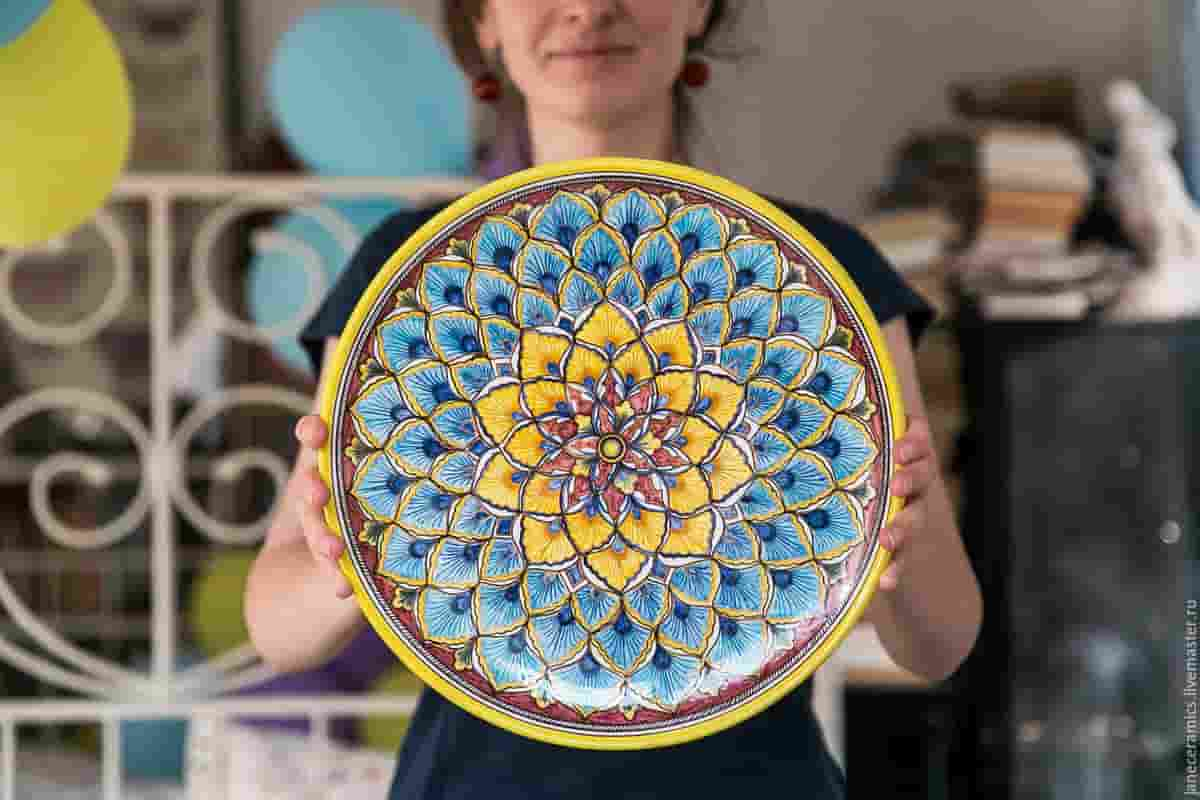 Nickel, barium, selenium, and cobalt are some examples of substances that, when present in low concentrations, can be toxic, but when present in higher concentrations, can be safe. Therefore, it is always preferable to restrict leaching as much as is practically possible. Even in minute amounts, lead from dishes can accumulate in a person’s system over the course of their lifetime. Because it can interfere with the development of the brain and nervous system, lead poses a risk to the health of all people, but it poses an especially high risk to the health of children, pregnant women, and unborn babies. The use of alternative dishes can help reduce the amount of lead that is consumed. Find out if the dishes you intend to use are still risk-safe to consume food from. In 1971, the Food and Drug Administration (FDA) first established and then started enforcing limits on the amount of leachable lead that could be found in ceramic dishes and tableware. If you purchased your dishes after that time period and they were made in the United States, then it is safe to use them. Check the glaze finish for any cracks, chips, or other damage that could allow lead to seep out. If the dishes were manufactured before 1971 or in a different country, look for a label stating that it is safe for use with food. It is also possible to purchase lead test kits specifically designed for the home and conduct the tests on your own accord. Dishes that contain lead shouldn’t be used to hold anything that can be consumed, including liquids. Dishes that have been used for an extended period of time run the risk of leaching lead into the food they contain. Ceramic, glass, or plastic containers that were manufactured expressly for the purpose of storing food are recommended because their safety has been established beyond a safe doubt.
Nickel, barium, selenium, and cobalt are some examples of substances that, when present in low concentrations, can be toxic, but when present in higher concentrations, can be safe. Therefore, it is always preferable to restrict leaching as much as is practically possible. Even in minute amounts, lead from dishes can accumulate in a person’s system over the course of their lifetime. Because it can interfere with the development of the brain and nervous system, lead poses a risk to the health of all people, but it poses an especially high risk to the health of children, pregnant women, and unborn babies. The use of alternative dishes can help reduce the amount of lead that is consumed. Find out if the dishes you intend to use are still risk-safe to consume food from. In 1971, the Food and Drug Administration (FDA) first established and then started enforcing limits on the amount of leachable lead that could be found in ceramic dishes and tableware. If you purchased your dishes after that time period and they were made in the United States, then it is safe to use them. Check the glaze finish for any cracks, chips, or other damage that could allow lead to seep out. If the dishes were manufactured before 1971 or in a different country, look for a label stating that it is safe for use with food. It is also possible to purchase lead test kits specifically designed for the home and conduct the tests on your own accord. Dishes that contain lead shouldn’t be used to hold anything that can be consumed, including liquids. Dishes that have been used for an extended period of time run the risk of leaching lead into the food they contain. Ceramic, glass, or plastic containers that were manufactured expressly for the purpose of storing food are recommended because their safety has been established beyond a safe doubt. 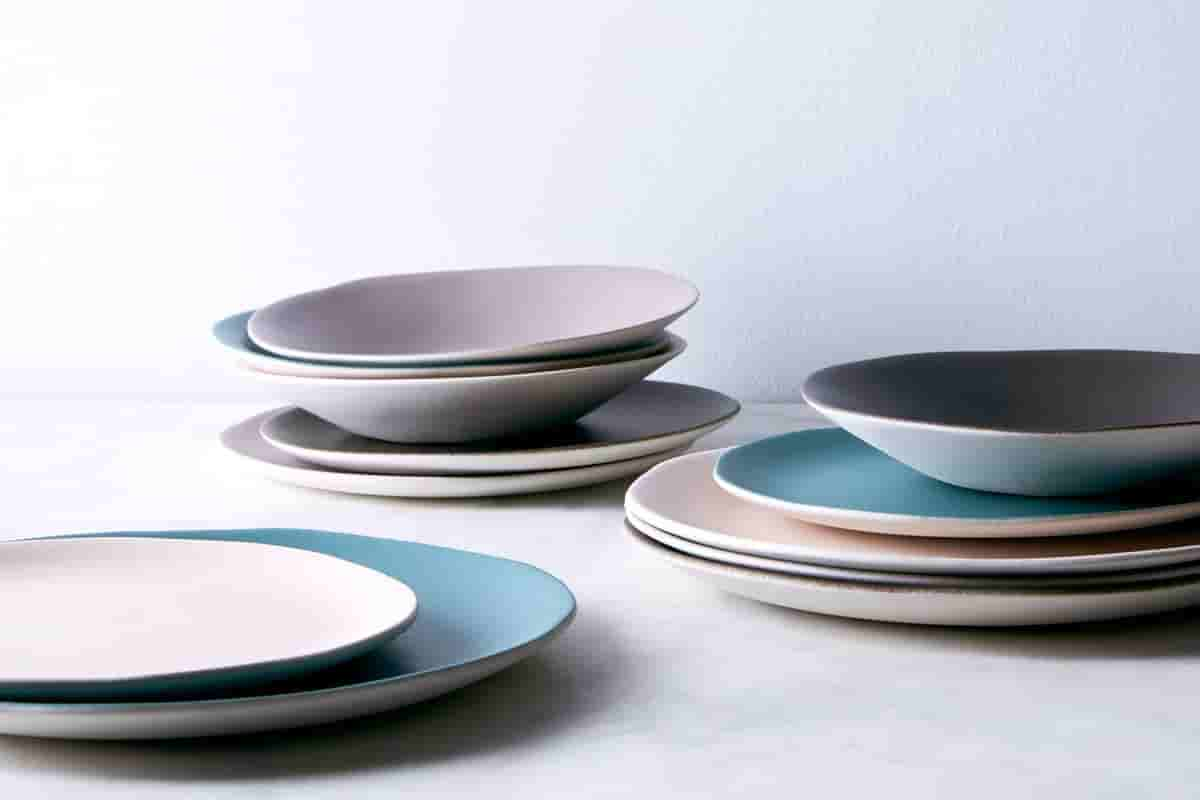
non- toxic ceramic dishes pan
Dishes that may contain lead should not be used to heat food or drink, and you should also avoid using them for dishes or drinks that are very acidic. You might be able to prepare special meals with your collection of vintage or antique ceramic dishes if the dishes are still in good condition. You should only use them for decoration if they are already broken; this way, you can still appreciate their beauty without putting anyone in danger by handling them. Cancer, birth defects, and other serious health issues have been linked to the toxic chemicals that are used to coat non-stick cookware. [Citation needed] [Citation needed] The following types of materials may be utilized by manufacturers in the production of their cookware: Polyfluoroalkyl substances, also known as PFASs (PFAS). All of the following are hazardous to human health: polytetrafluoroethylene (PTFE), perfluorooctanoic acid (PFOA), perfluorobutane sulfonate (PFBS), perfluorooctane sulfonate (PFOS), “GenX” chemicals, and any other substances that are chemically similar (PTFE). Glass, cast iron, and stainless steel are the only materials you’ll find in my kitchen at any time. In addition, there is a possibility that even white dinnerware has minute amounts of lead or cadmium in the glaze. Lead is sometimes used in ceramic dishes because of its ability to increase durability and help fuse the porous clay shut, which allows the dish to no longer absorb water.  If the manufacturer bakes the ceramic at the correct temperature and time, there should be no lead leaching. However, if the food is not baked correctly, lead may be absorbed into the body. A good number of us are compulsive hoarders who keep in our attics vintage dinnerware and ceramic serving dishes. At garage sales, antique shops, and even in our grandparents’ homes, we were able to unearth just about anything we were looking for. Although it is simple to become sidetracked by the aesthetic value of contemporary dinnerware, it is essential to keep in mind that in 1970 the FDA started conducting safety tests on the category. Lead is a toxic substance that can be found in the environment, and because of this, everyone is at risk of being poisoned by it as a result of everyday activities such as inhaling dust, eating food, and drinking water. In most cases, low levels of lead exposure are not regarded as posing a threat to the general public’s health. On the other hand, lead poisoning can take place if excessive amounts of lead are taken in. Although exposure to lead can have negative effects on a wide variety of bodily functions, the specific ways in which it does so vary with age, lead concentration, and duration of exposure. Extreme lead exposure can cause noticeable symptoms that could potentially be life-threatening, which will likely prompt a person to seek medical attention.
If the manufacturer bakes the ceramic at the correct temperature and time, there should be no lead leaching. However, if the food is not baked correctly, lead may be absorbed into the body. A good number of us are compulsive hoarders who keep in our attics vintage dinnerware and ceramic serving dishes. At garage sales, antique shops, and even in our grandparents’ homes, we were able to unearth just about anything we were looking for. Although it is simple to become sidetracked by the aesthetic value of contemporary dinnerware, it is essential to keep in mind that in 1970 the FDA started conducting safety tests on the category. Lead is a toxic substance that can be found in the environment, and because of this, everyone is at risk of being poisoned by it as a result of everyday activities such as inhaling dust, eating food, and drinking water. In most cases, low levels of lead exposure are not regarded as posing a threat to the general public’s health. On the other hand, lead poisoning can take place if excessive amounts of lead are taken in. Although exposure to lead can have negative effects on a wide variety of bodily functions, the specific ways in which it does so vary with age, lead concentration, and duration of exposure. Extreme lead exposure can cause noticeable symptoms that could potentially be life-threatening, which will likely prompt a person to seek medical attention. 
non- toxic ceramic dishes frying pan
[Case in point:] [Case in point:] [Case Nevertheless, even in the absence of overt symptoms of lead poisoning, chronic lead exposure can have an impact on the development of the fetus as well as the health of infants and young children. It’s possible that a child who’s been poisoned by lead won’t show any outward signs of illness at all. Stop giving your child food or liquids from the following “problem types” of ceramic ware until you can confirm whether or not they contain lead, and speak with your child’s primary care physician about getting your child’s blood tested for lead. The test is not difficult at all. The clay that is used to make the majority of ceramic dishes and other ceramics is called earthenware. Because earthenware is so porous, it needs to be glazed before it can be used to store food or drink. Clay can be glazed by first applying and then fusing a thin coating that resembles glass onto the surface of the clay. This effectively closes off the pores in the clay. The glaze, which may contain lead in order to facilitate the melting of glaze particles, fuses to the pottery when it is fired in a kiln, which is a special oven used to bake clay. Kilns are used to bake clay. During the correct firing of the pottery, the lead basically melts into the glaze, so none of it is released into the atmosphere. There is a possibility that trace amounts, if any at all, will be found in the food supply. On the other hand, if the pottery is not properly fired, the lead might not fuse to the earthenware, which would make it possible for any food that is stored or prepared in it to become contaminated. ASTM D-4236 is the standard that is used by the commercial glaze industry for tagging and labeling their products. This standard has been in use for quite some time. All of their glazes are either AP Non-toxic, which indicates that they are safe for consumption in any form, or CL Cautions Required, which indicates that they are required to label all of the ingredients for reasons related to health and safety. In this context, only lead and cadmium are considered to be toxic substances. All glazes that are sold to elementary schools, middle schools, and high schools are required to comply with the AP Non-toxic standard. This is done to reduce the risk of harm occurring in the event that a child inadvertently consumes the glaze for any reason. In educational settings, the use of a glaze that contains lead is not only discouraged but also not recommended. You can locate the AP code on the bottle of glaze. A label indicating that the product is non-toxic; it is in the shape of a circle with an AP in the center. When working with dry glazes, you should always protect your lungs by donning a mask because the glaze dust should not be breathed in. Certain chemicals, such as manganese, pose health risks when inhaled in dry form but are not believed to be a problem once an employee has been terminated from their position. 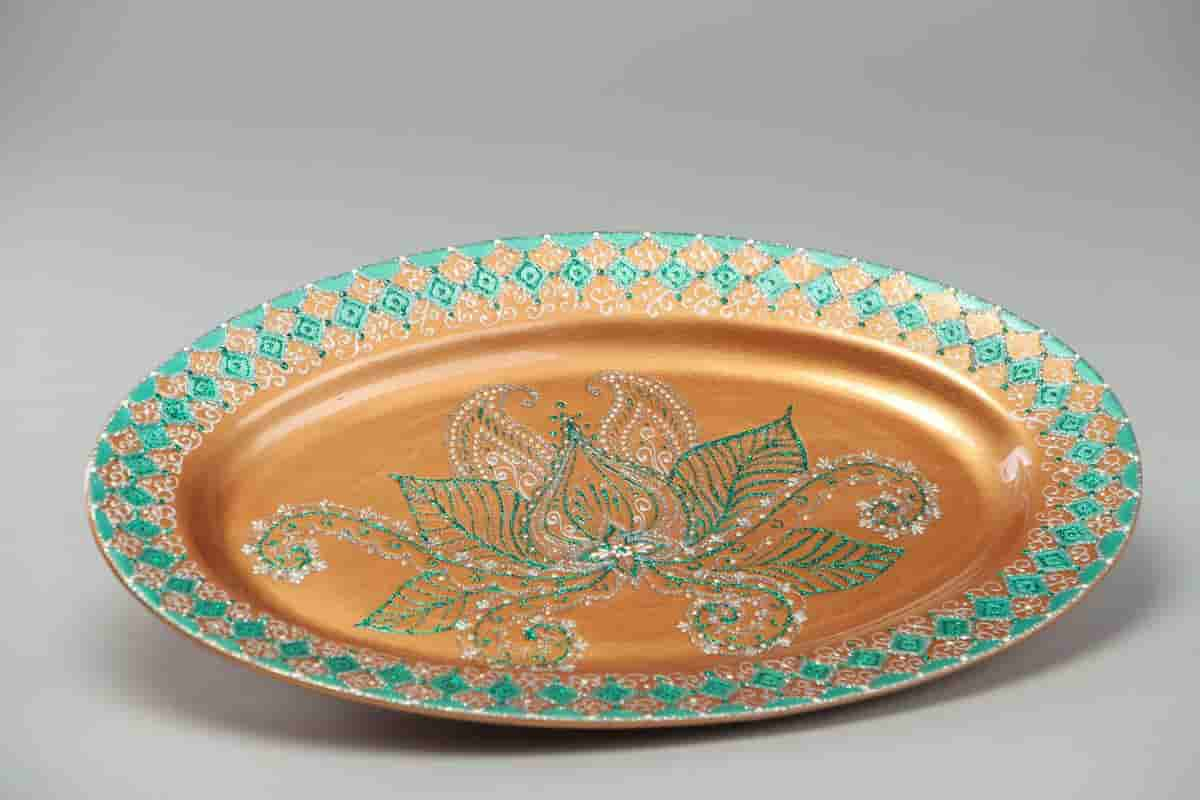
non- toxic ceramic bowls
Clay particles, even those that are not toxic, can be hazardous to the health of potters because they can become lodged in the lungs It is common practice to use the level of toxicity of a ceramic product as an indicator of the level of concern the manufacturer has for the effect that the product has on toxic health. Ceramics are typically made by subjecting clay and ceramic other non-metallic materials to extremely high temperatures during the firing process. A wide variety of ceramics can be fashioned by combining ingredients such as clay, quartz, and water. Historically, the innocence of the materials that make up ceramic led people to believe that working with it was a risk-safe activity. However, the specific manufacturer is the one who decides the exact combination of components that go into making ceramic. Some of them have incorporated the use of nano-materials into the process of manufacturing ceramics. Nanoparticles, which serve as the fundamental component of nanomaterials, are so minute that they are able to penetrate the human body through the skin and then disperse throughout the body, including the circulatory system. Because this technology is so cutting edge, it is difficult to ascertain which manufacturers actually make use of any potentially risk-safe formulations or applications. Ceramic goods and items can be heated in a microwave, oven, or stovetop without deforming or melting like plastic goods and items would if subjected to the same conditions. Be sure to follow the manufacturer’s guidelines for the proper and safe use of the particular ceramic product or products that you have, as not all ceramics can be used with all three types of heating methods and all kinds of equipment. Ceramics do not leach or absorb chemicals because they are made of a material with a hard surface that does not allow air, water, or other fluids to pass through it. This is encouraging news because certain plastics can leach chemicals into the food they come in contact with. Our company ensures that all of our products adhere to international quality standards by employing highly trained experts and cutting-edge machinery and equipment. 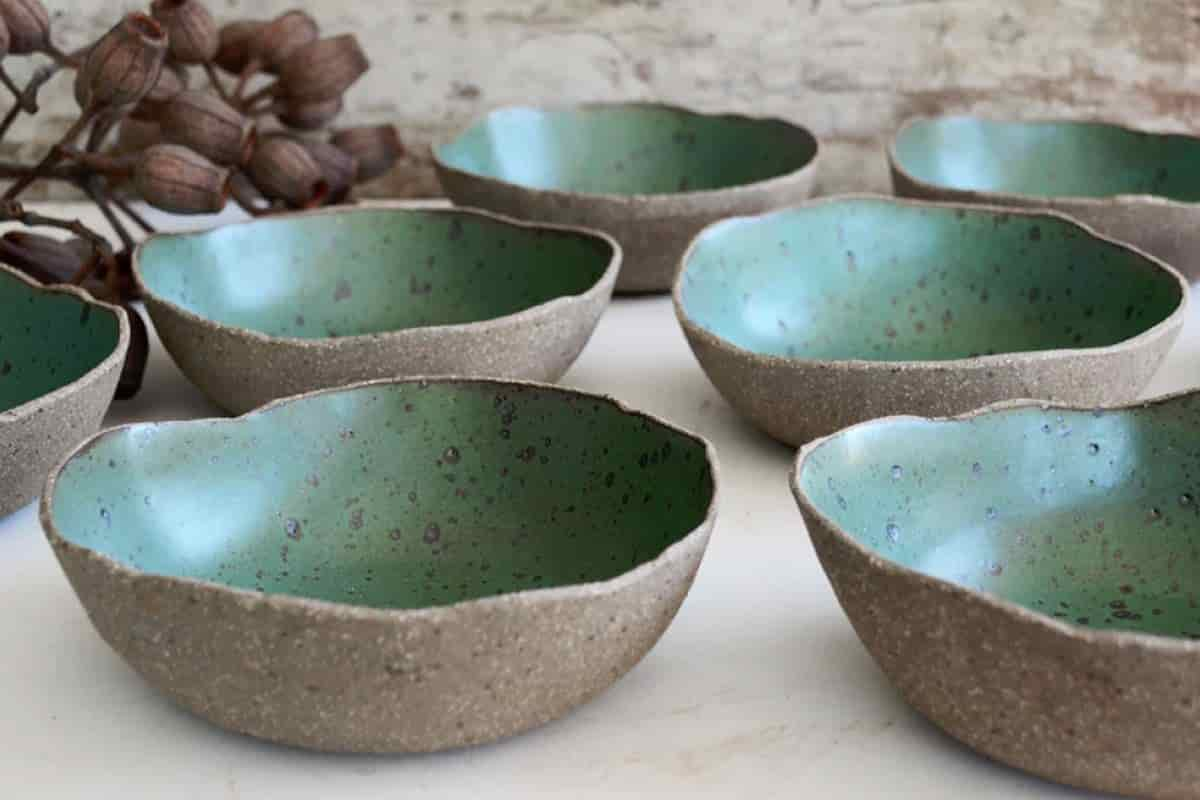 Having gained fame not only in the local markets but also in the global ones, we can assure you that all our products are top-notch. Anyone who has a need for it should not have any trouble obtaining dinner sets, mugs, and other houseware items that are not only of high quality but also easy to use. Over the years, we’ve had the opportunity to answer a wide range of inquiries from our customers. We are delighted to be able to provide you with a varied selection of tableware, decorative dishes, hotel, catering, and restaurant dishes, as well as kitchen appliances because we are an international trading company. The goods are constructed from a wide range of components, such as porcelain, ceramic, fine china and bone china, melamine, glass, and many others. Another advantage of working with us is the reasonable and competitive prices we offer.
Having gained fame not only in the local markets but also in the global ones, we can assure you that all our products are top-notch. Anyone who has a need for it should not have any trouble obtaining dinner sets, mugs, and other houseware items that are not only of high quality but also easy to use. Over the years, we’ve had the opportunity to answer a wide range of inquiries from our customers. We are delighted to be able to provide you with a varied selection of tableware, decorative dishes, hotel, catering, and restaurant dishes, as well as kitchen appliances because we are an international trading company. The goods are constructed from a wide range of components, such as porcelain, ceramic, fine china and bone china, melamine, glass, and many others. Another advantage of working with us is the reasonable and competitive prices we offer.
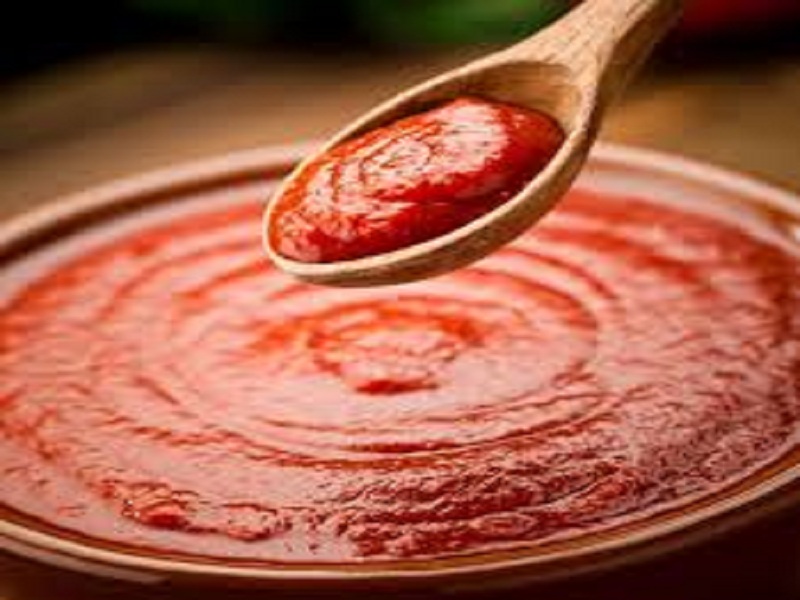
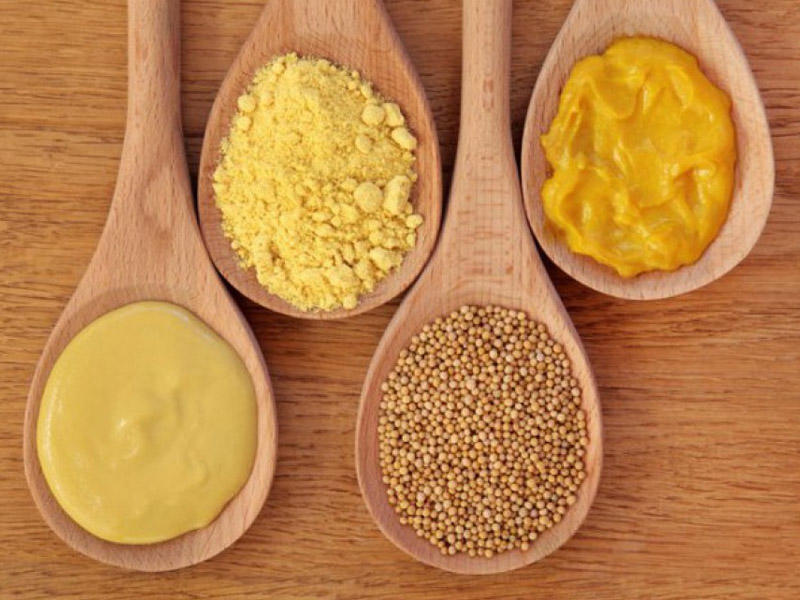
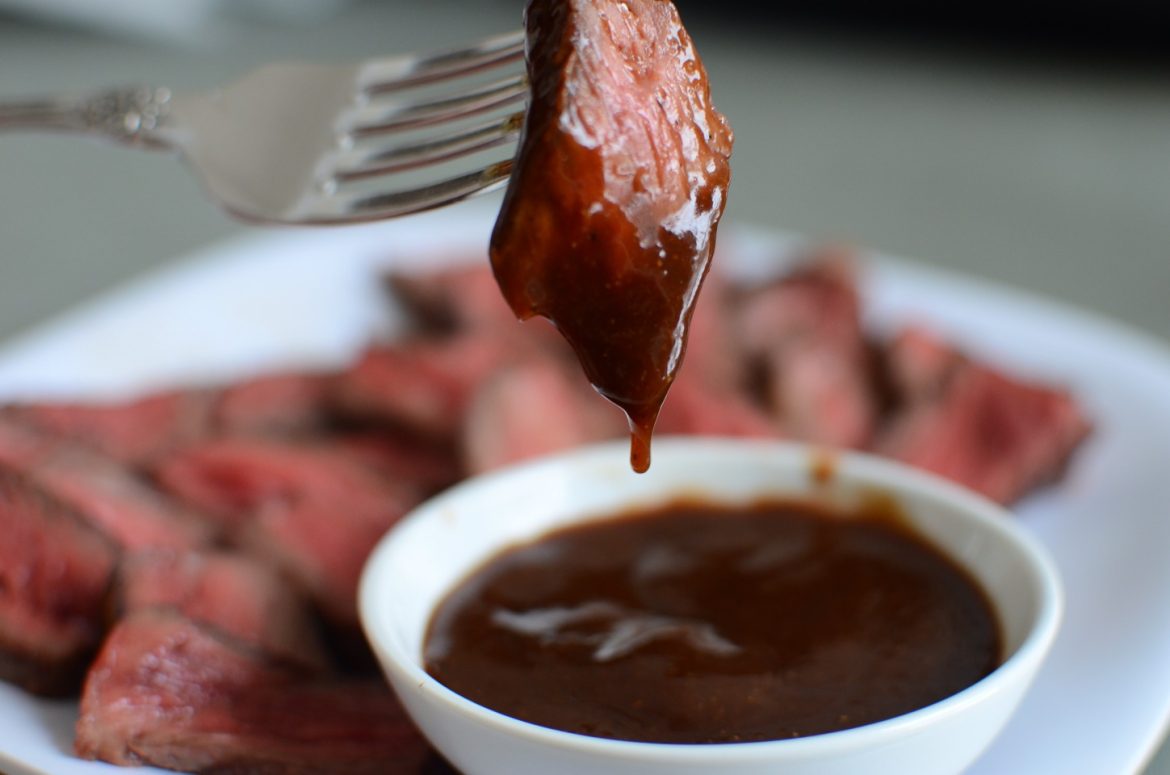

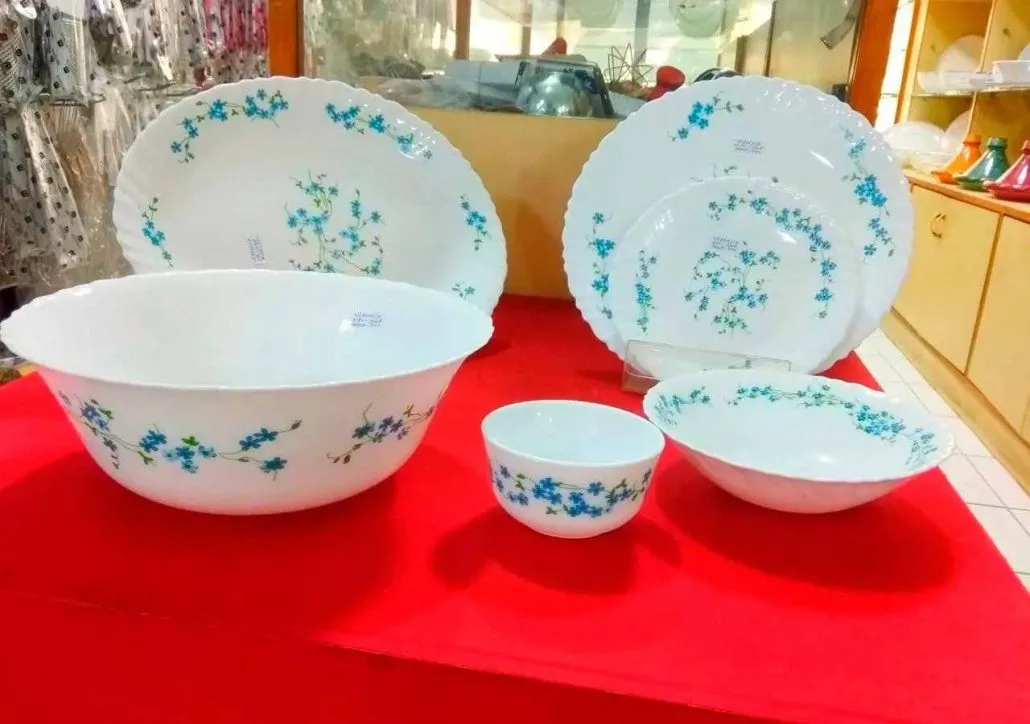
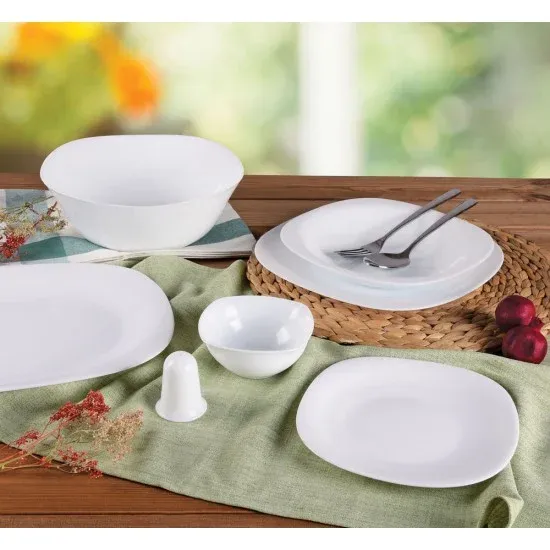
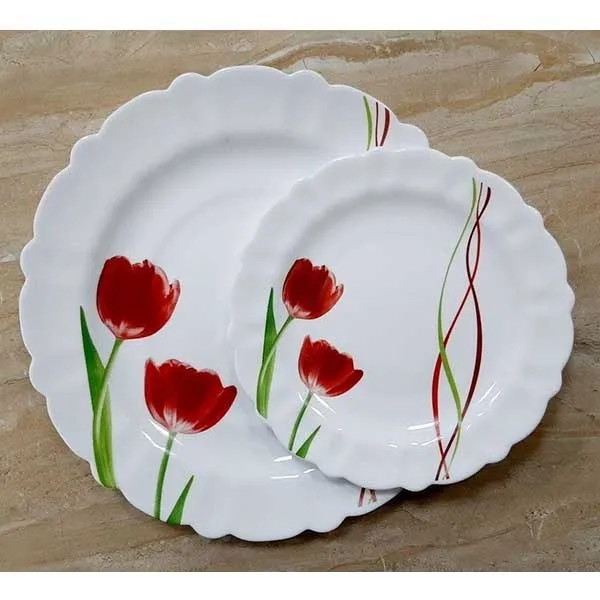
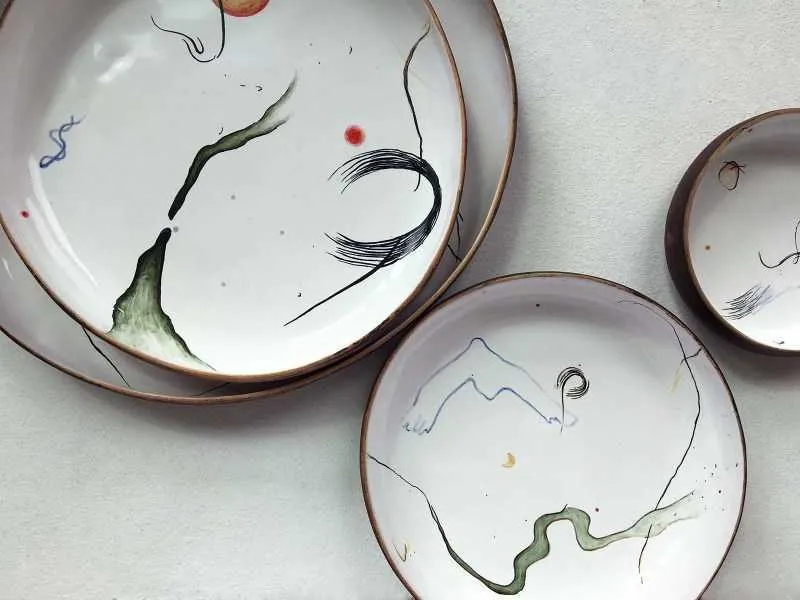
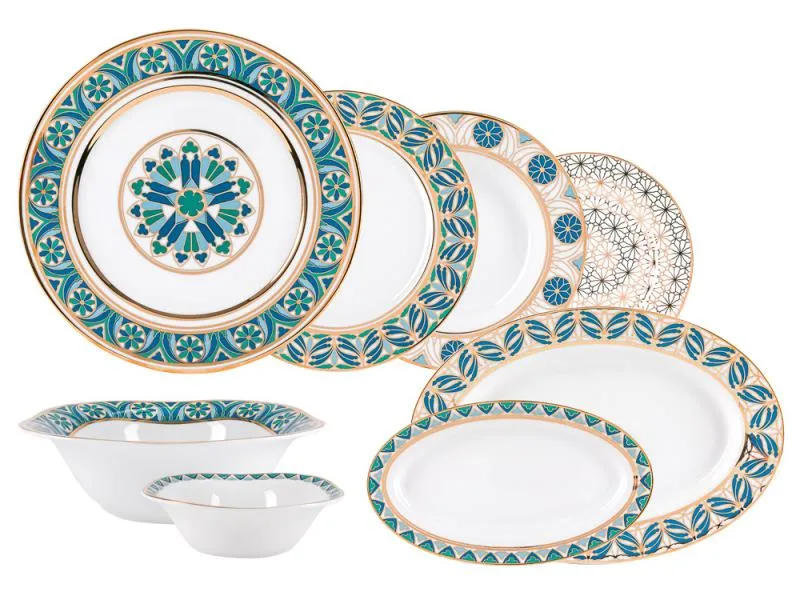

Your comment submitted.